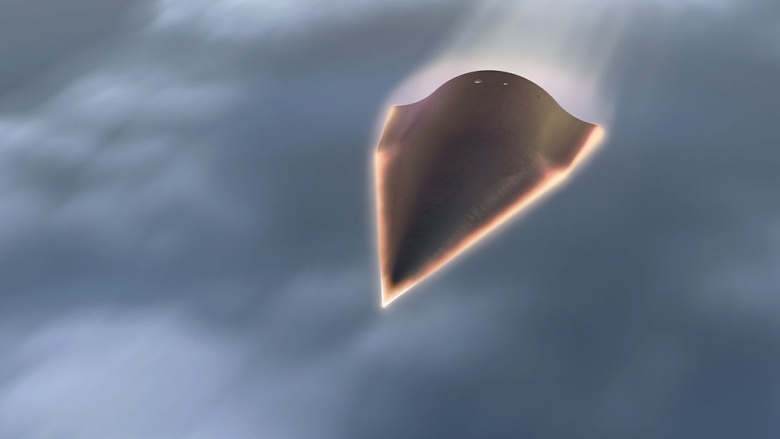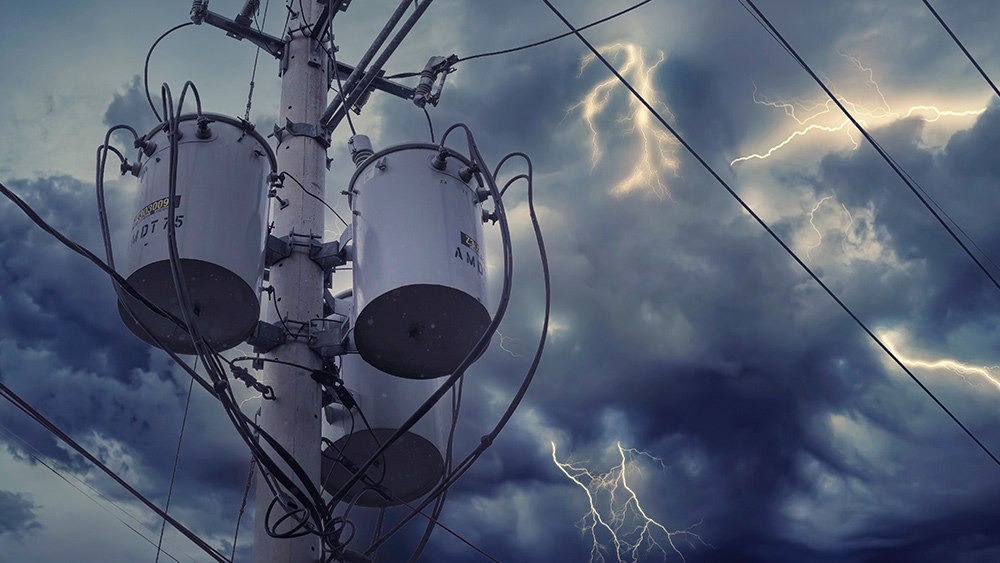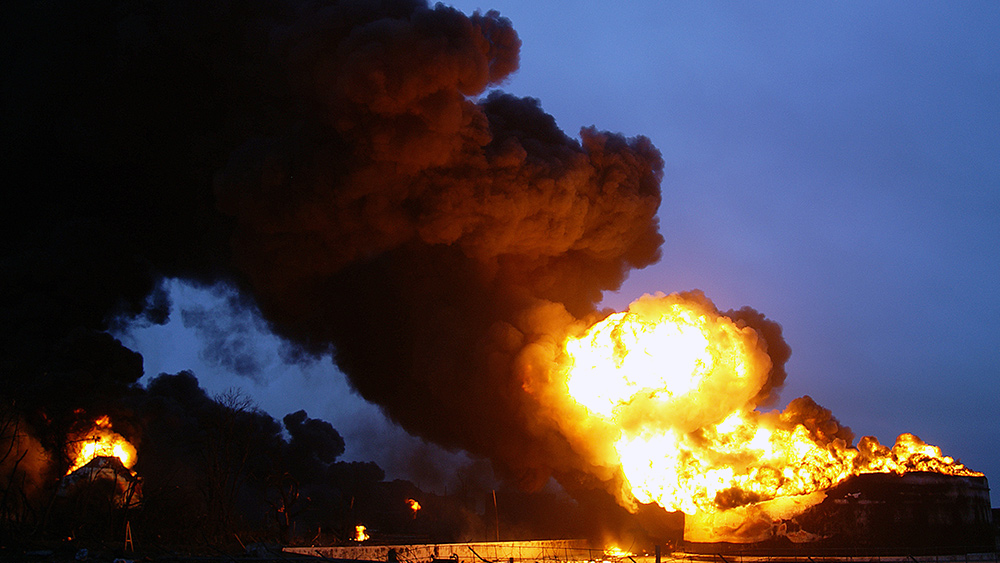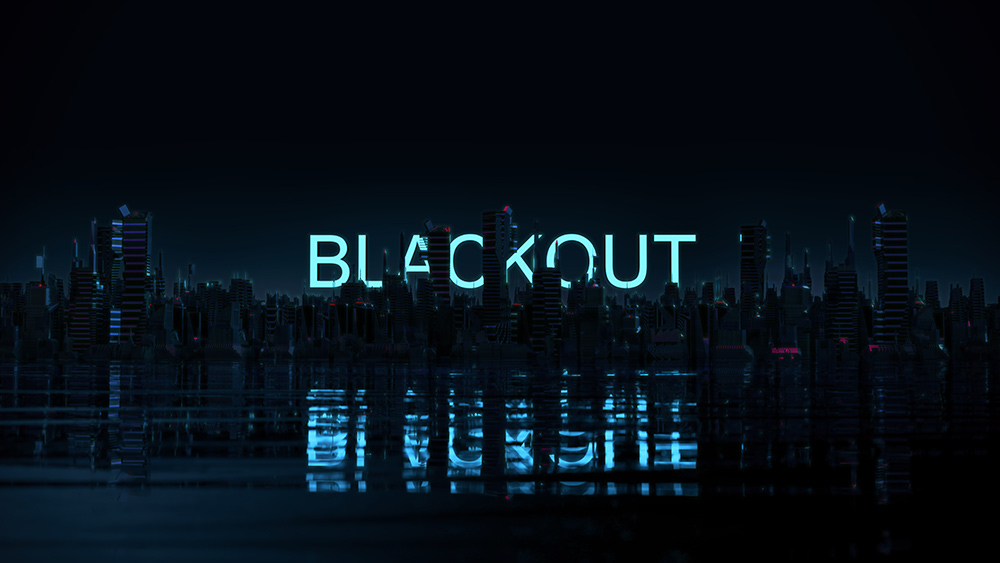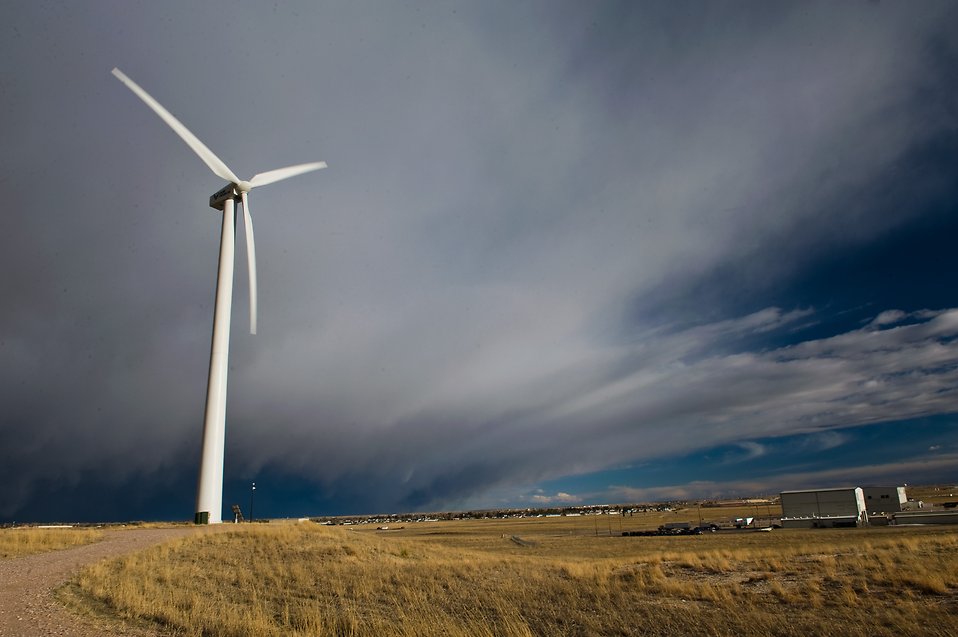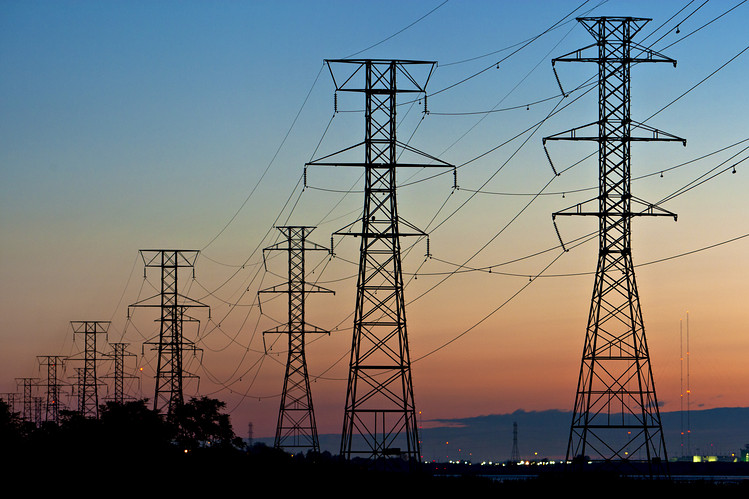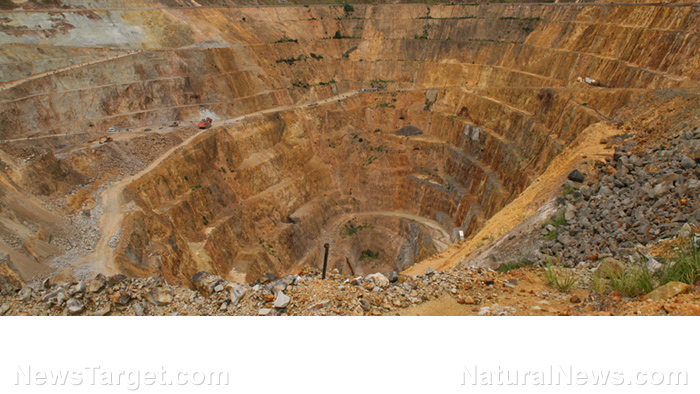Canadian wildfire smoke blocking sun, causing solar panels to produce 50% less energy
06/13/2023 / By Ethan Huff
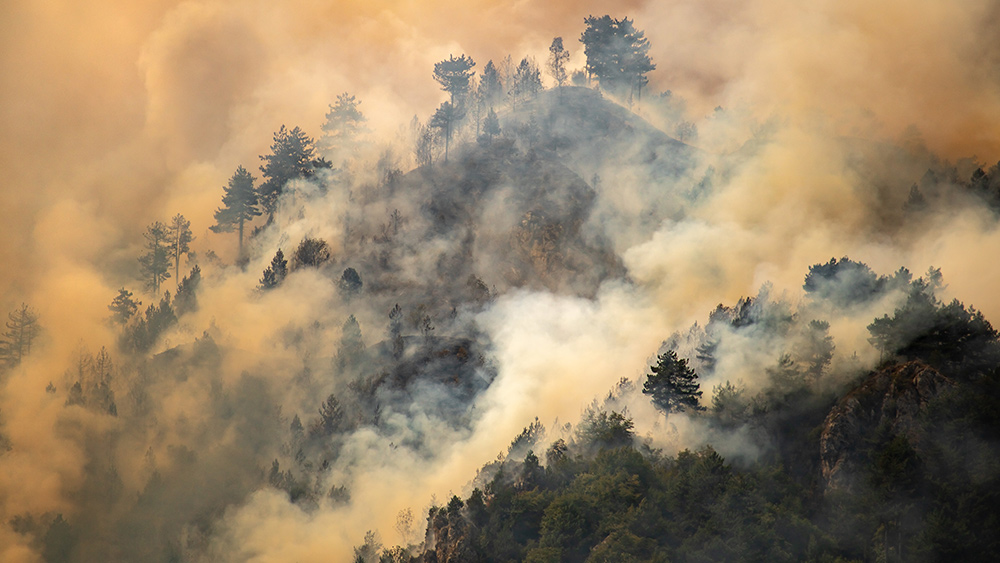
The eastern United States is having a lot of trouble producing enough “renewable” energy for itself ever since the Canadian wildfires first sparked.
It turns out that all the smoke now blanketing the skies is preventing natural sunlight from reaching solar panels, which are said to be producing about 50 percent less energy as a result.
According to reports, the solar farms that power New England are producing about 56 percent less energy at times of peak demand during the wildfires compared to before they began.
PJM Interconnection LLC, a regional grid operator covering the territory spanning from Illinois to North Carolina, says its solar generation capacity has dropped by about 25 percent since the wildfires started.
While wildfires such as this are more typical to the western United States, these eastern fires are giving the other side of the country a taste of what happens when weather events interfere with “renewable” energy.
The corporate-controlled media is blaming “climate change,” but the fact of the matter is that wildfires happen. And when they do, the skies can turn a hazy brown or orange, preventing natural sunlight from reaching power-generating solar panels.
Sure, they might be “green” and produce no “emissions.” But when a wildfire occurs, they end up producing no electricity, either. This is the situation across New England and parts of the Midwest.
“With a situation like this, it’s really unprecedented,” said Matt Kakley, a spokesperson for ISO-New England. “We don’t have a lot of historical data to look back on. There is some learning in real time.”
(Related: In California, one couple’s electric company refused to activate their solar panels because they supposedly produced too much energy.)
“Renewable” energy is UNRELIABLE energy
Fortunately for New England, solar amounts to only about 3 percent of overall power generation across the region, so the losses are minimal. However, if the left gets its wishes, all energy generation will become some combination of solar and wind, both of which fail to work when weather conditions are less than optimal.
Keep in mind that coal, oil, and gas all run no matter what the weather is like. It is only “renewable” energy that has trouble keeping up when the air is stale or when there is so much smoke in the sky that you can barely see the sun anymore.
Weather conditions must be perfect, in other words, for “renewable” sources to be reliable. Since the weather is always changing, “renewable” energy output will also always be highly variable.
One of the hardest-hit states right now is New York, which lost 1,466 megawatts (MW) in solar production between June 6 and June 7.
“For a sense of scale, a single megawatt is roughly enough electricity to power 800 to 1,000 homes,” reported The Verge.
On the flip side, all that smoke has reportedly lessened temperatures throughout the region, which means fewer people are having to run their air conditioning units just to stay cool. Not that you can open windows with all that smoke.
The Biden regime is scheming ways to convert all of the nation’s electricity to “pollution-free” sources like solar by the year 2035 – even though it requires a whole lot of “dirty” energy to make all those solar panels in the first place.
Back in September 2020, historic wildfires in California cut solar power generation in the Golden State by about 30 percent. Unlike New England, California relies much more on solar energy, which amounts to about 14 percent of the state’s energy production.
During that same year, a record number of blackouts occurred from all the extreme weather and associated fires.
So-called “green” energy is not all it is cracked up to be. Learn more at SolarPanels.news.
Sources for this article include:
Submit a correction >>
Tagged Under:
Canada, disaster, electricity, energy, energy supply, green energy, green power, power, power grid, renewable, smoke, solar panels, wildfire
This article may contain statements that reflect the opinion of the author
RECENT NEWS & ARTICLES
NewEnergyReport.com is a fact-based public education website published by New Energy Report Features, LLC.
All content copyright © 2018 by New Energy Report Features, LLC.
Contact Us with Tips or Corrections
All trademarks, registered trademarks and servicemarks mentioned on this site are the property of their respective owners.


